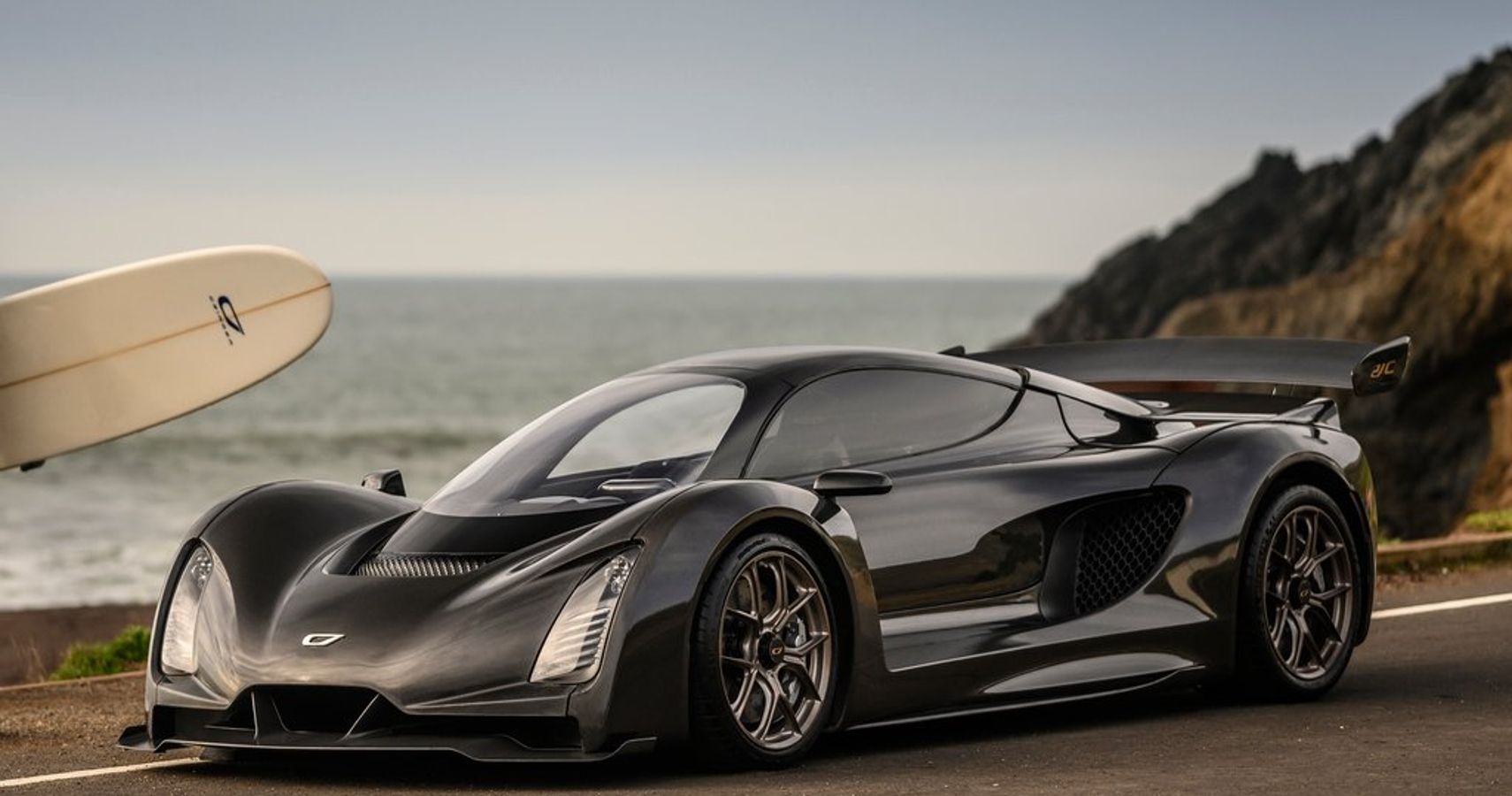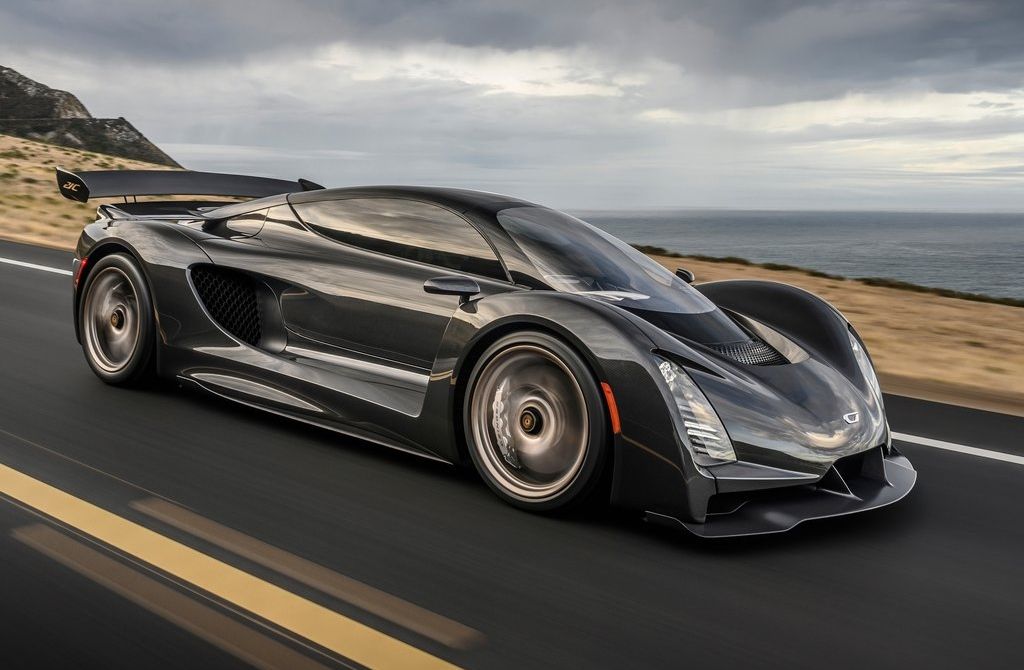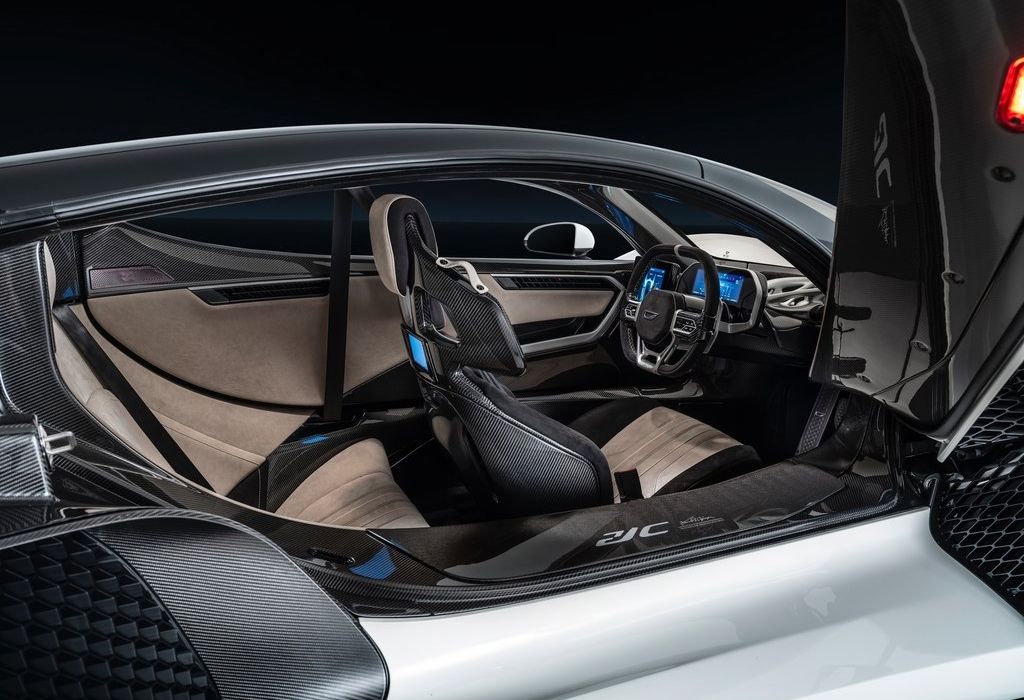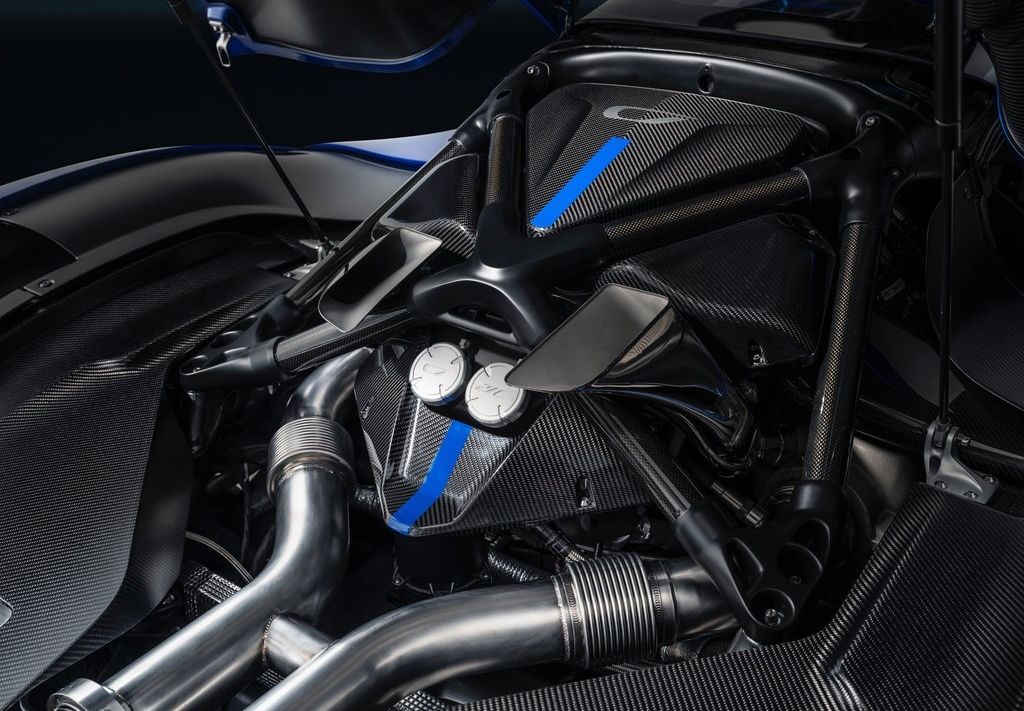Kevin Czinger, an American entrepreneur, launched Czinger Vehicles in Los Angeles in 2019. Kevin, a Yale alumnus, was constantly captivated by jet planes, which led him to develop this futuristic hypercar. The CEO also revealed that his team is fashioned after Lockheed Skunk Works, an aircraft manufacturer that created cutting-edge military aircraft during the Cold War, notably the SR-71 Blackbird spy plane. The 21C was Czinger’s first vehicle, and it premiered in March 2020 in London as part of a dedicated event that aired live on the Internet.
A $2,000,000 hybrid hypercar with Formula 1 technology and impressive specifications, the carmaker shall produce only 20 units. With its dramatic, swoopy curves, assertive front splitter, and intimidating rear wing, one may also mistake this vehicle for a space pod launched from an alien spaceship.
The Czinger 21C Is Produced By A Revolutionary Human-AI Production System
Czinger introduces a new technique of producing vehicles with the 21C as its design eliminates the need for tooling, assembly lines, and other costly hardware required by traditional car manufacturers. A team of designers, engineers, and scientists used a groundbreaking Human-AI production method to build the 21C. This system was developed in-house that combines automated design and optimization software, unique additive manufacturing-driven techniques, high accuracy automated assembly, and innovative performance materials. DAPS, or Divergent Adaptive Production System, is the name given to the Human-AI technique. This technological platform includes at least 450 patents that support the letter "A" in the acronym.
The program, based on an artificial-intelligence-driven design platform, translates specifications for a particular item into a printed form. There are several advantages of this concept as well. For example, the system can produce lightweight, rigid and cheaper parts. Also, the rate of production is faster than the traditional way. Czinger's usage of a unique production system permits flexible, on-demand production, which is central to this strategy. Almost all metal components, including aluminum, titanium, and Inconel, are 3D-printed, while composite body portions are created in molds. Rather than matching components together on a typical assembly line, robots do everything in a single location.
The Czinger 21C Uses State-Of-The-Art Performance Materials
As mentioned by Czinger, the 21C hypercar is inspired by the SR-71 Blackbird high altitude recon aircraft. The car's design shows visible similarities, especially the cockpit and fenders, if seen from the front side. Each component is designed computationally and optimized for weight, efficiency, and performance. It implies that no more material is utilized than is required to fulfill Czinger's performance requirements, resulting in components with nearly organic-looking structures. Depending on the use, some pieces may be hollow or may have a three-dimensional interior structure, and others may be made of several materials. Consequently, weight is reduced, and strength is increased compared to typically assembled parts. According to Czinger, the monocoque construction incorporates structural aspects and cooling, fluid circulation, and exhaust sound control. The 21C's monocoque construction weighs only 265 pounds, allowing the car to have a dry weight of fewer than 2,645 pounds.
The Czinger 21C Gets A Dominating Powertrain
The primary engine that powers the Czinger is a twin-turbo 2.9-liter flat-plane crankshaft V8 with 950 HP at 10,500 RPM. This machine is mated to a hydraulically operated seven-speed sequential transaxle, also created in-house. According to 21C’s principal engineer Ewan Baldry, it can skip gears like a dual-clutch gearbox weighing around 60 lb less. The engine is supplemented with an 800-volt electrical system powered by a kinetic motor-generator unit similar to what has been employed in contemporary Formula 1 cars or LeMans prototypes. This technology can boost the engine's drive on the rear wheels by 100 HP while powering a 120-kW electric motor on each front wheel. The overall system output of this electric all-wheel-drive arrangement is around 1,350 HP. Also included is a 2.8-kWh lithium-titanate battery that enables the 21C for short-distance electric-only travel. The batteries are charged using regenerative braking and a Motor Generator Unit (MGU) powered by a gear drive linked to the IC engine during operation.
The 21C's hyper-innovative manufacturing and incredible engine are designed to deliver astounding performance. Czinger claims that the 21C will accelerate from 0 to 60 mph in 1.9 seconds. The 21C's recent demolition of the Laguna Seca production-car lap record, on the other hand, lends validity to its potential. With a lap time of 1:25:44, the 21C surpassed the previous record by more than 2 seconds, set by the McLaren Senna with 1:27.62.
Sources: Czinger, Top Speed, Top Gear




